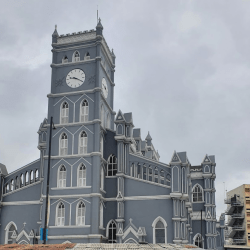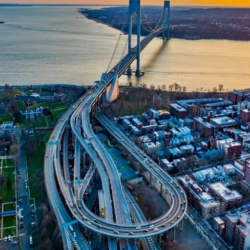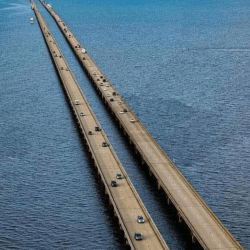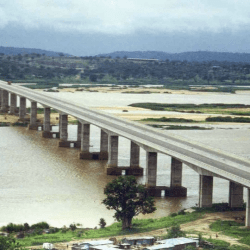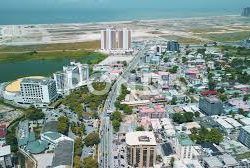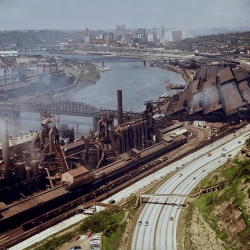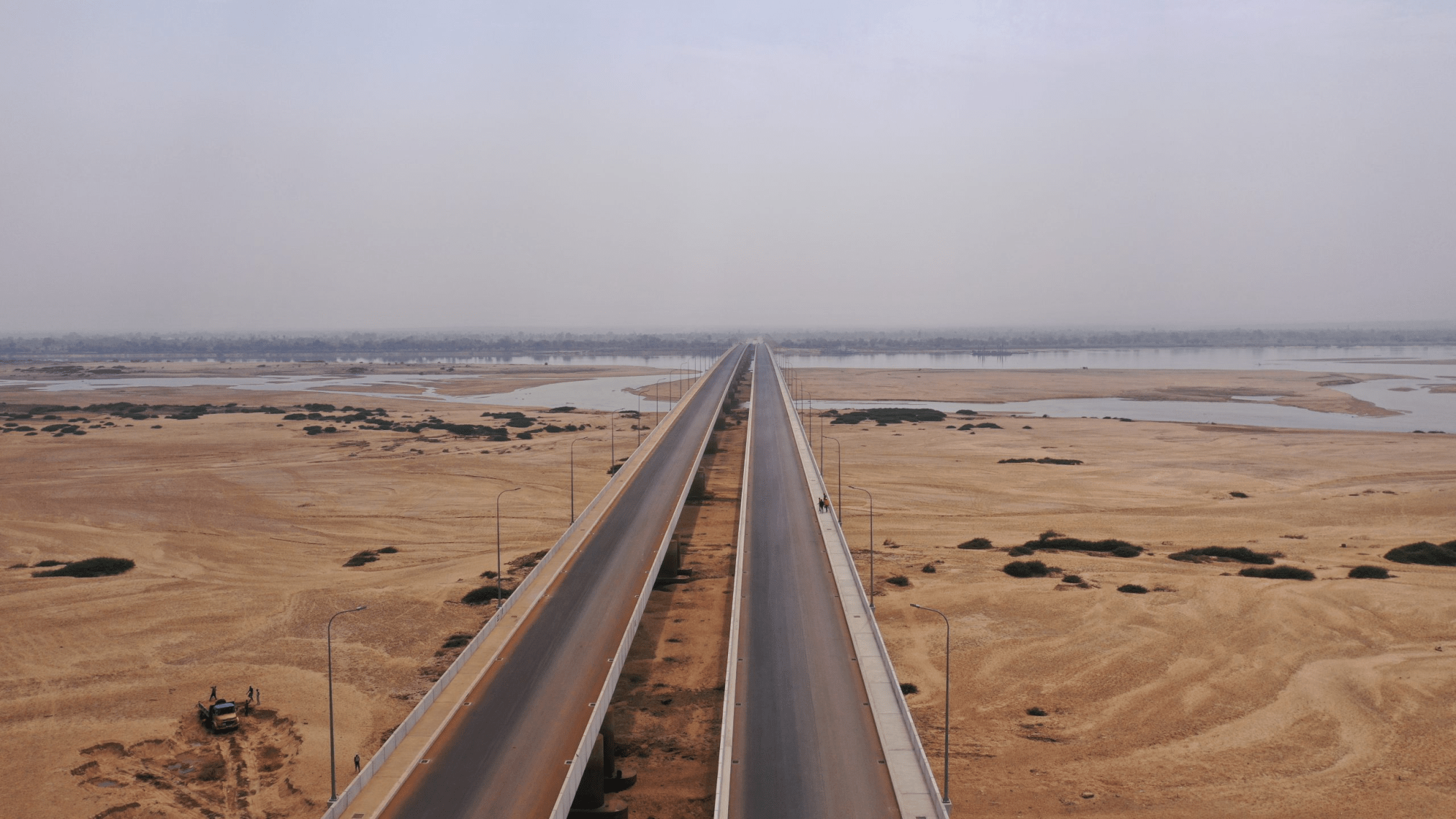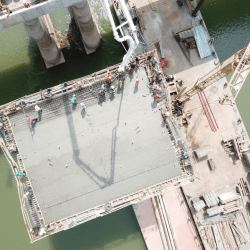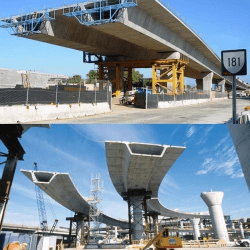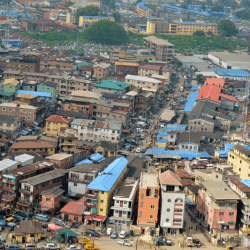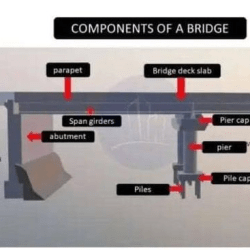The New Carter Bridge is an essential structure within Lagos, Nigeria, serving as one of the primary links between Lagos Island and the mainland. Alongside the iconic Third Mainland Bridge and the Eko Bridge, it forms a vital part of the city’s transportation network, easing traffic and connecting key economic areas. Upon completion, it gained fame not only for being Africa’s longest concrete bridge but also as a pioneering feat of engineering in Nigeria and the continent.
Key Highlights of the New Carter Bridge
- Strategic Location: As one of three key bridges connecting Lagos Island to the mainland, it supports the movement of millions of commuters daily.
- Engineering Landmark: At the time of its construction, the New Carter Bridge was Africa’s longest concrete bridge, reflecting advancements in construction technology and materials in Nigeria.
- Economic Impact: The bridge plays a crucial role in the city’s economy, providing a direct route for goods, services, and people between the island and mainland.

Historical and Engineering Significance
The New Carter Bridge’s design and construction were groundbreaking, setting a new standard for infrastructure in the region. The bridge’s long span and concrete structure demonstrated advancements in civil engineering, particularly in creating large-scale transportation solutions for fast-growing urban areas. It remains an example of durability and functionality, standing as a testament to Nigeria’s drive for modernization and infrastructure development.
The New Carter Bridge, with its rich history and engineering prowess, continues to serve as a vital lifeline for Lagos, illustrating the power of infrastructure in connecting communities and fostering economic growth.

